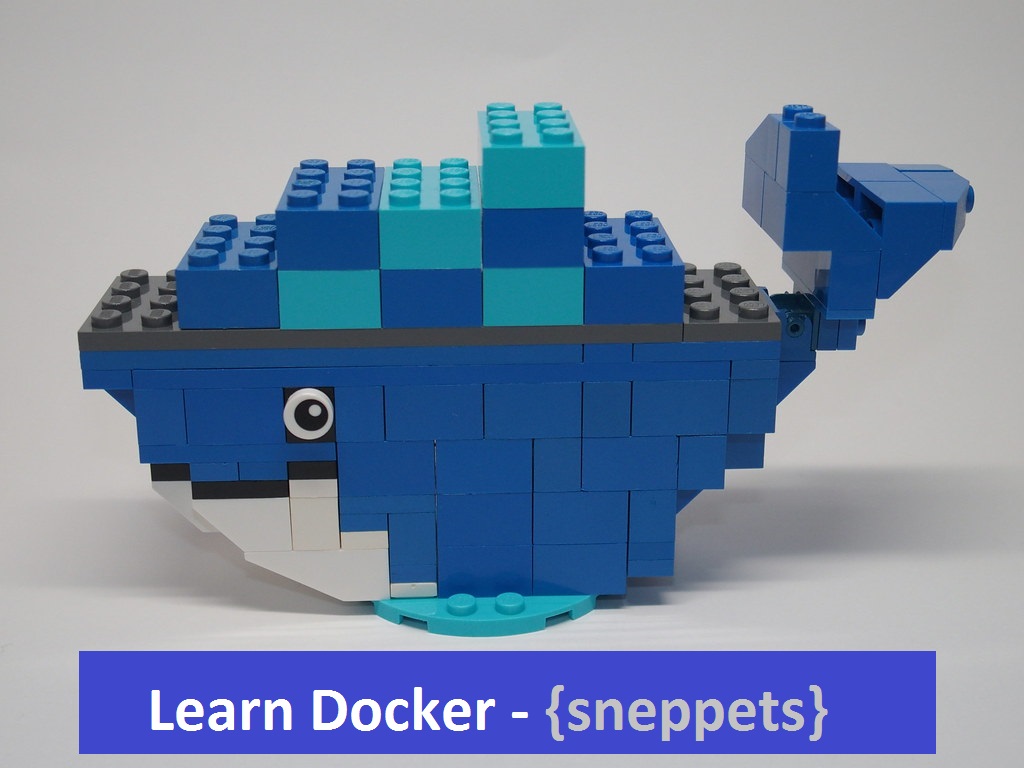How to add new user to the Docker container using Dockerfile
This tutorial explains you how to add new user to the Docker container using Dockerfile.
Add new user to the docker container – Dockerfile
To create admin user from command line you need to run the following linux command.
$ sudo useradd -ms /bin/bash admin
Therefore in Dockerfile, first you need to have the below RUN instruction which creates user “admin“.
RUN useradd -ms /bin/bash admin
Then, you can set the user using the following USER instruction. This instruction sets the user name or UID to use when running the image and for any RUN, CMD and ENTRYPOINT instructions that follow afterwards in the Dockerfile.
USER admin
For example, let’s say you wanted to Dockerize an SSH service using openssh-server and wanted to add new user to the Docker container so that user can do SSH login, the following is the sample Dockerfile to do the same.
FROM ubuntu MAINTAINER Sneppets Admin <[email protected]> RUN apt-get update && apt-get install -y openssh-server RUN mkdir -p /var/run/sshd RUN useradd -ms /bin/bash admin ADD sshd_config /etc/ssh/sshd_config CMD /usr/sbin/sshd -D USER admin WORKDIR /tmp ENV hello "Hello World"
Now let’s try to build docker image using the following command docker build -t sneppets/sshd-example .
$ docker build -t sneppets/sshd-example . Sending build context to Docker daemon 6.501MB Step 1/11 : FROM ubuntu latest: Pulling from library/ubuntu 692c352adcf2: Pull complete 97058a342707: Pull complete 2821b8e766f4: Pull complete 4e643cc37772: Pull complete Digest: sha256:55cd38b70425947db71112eb5dddfa3aa3e3ce307754a3df2269069d2278ce47 Status: Downloaded newer image for ubuntu:latest -------------- -------------- -------------- Removing intermediate container 1ee737251737 ---> d5a72f019670 Step 4/11 : RUN mkdir -p /var/run/sshd ---> Running in 54e70a7391e3 Removing intermediate container 54e70a7391e3 ---> 98f070fb4c18 Step 5/11 : RUN useradd -ms /bin/bash admin ---> Running in d632c3e6299c Removing intermediate container d632c3e6299c ---> 4daaf53e2270 Step 6/11 : ADD sshd_config /etc/ssh/sshd_config ---> 3344af18d94d Step 7/11 : CMD /usr/sbin/sshd -D ---> Running in fb199547e682 Removing intermediate container fb199547e682 ---> 9f3a41e18d27 Step 8/11 : USER admin ---> Running in addc73628094 Removing intermediate container addc73628094 ---> d9cc526a5fda Step 9/11 : WORKDIR /tmp ---> Running in 0bb4c4a4de84 Removing intermediate container 0bb4c4a4de84 ---> cc74111945b6 Step 10/11 : ENV hello "Hello World" ---> Running in b740999b27ef Removing intermediate container b740999b27ef ---> 3013135dbcee Step 11/11 : EXPOSE 2222 ---> Running in 3ce325ddea83 Removing intermediate container 3ce325ddea83 ---> 309cf095e26c Successfully built 309cf095e26c Successfully tagged sneppets/sshd-example:latest
Once docker image is built successfully, then you can check docker image that is built using the following command docker images .
nithip2016@cloudshell:~/tempD (sneppets-gcp)$ docker images REPOSITORY TAG IMAGE ID CREATED SIZE sneppets/sshd-example latest 309cf095e26c 20 minutes ago 221MB ubuntu latest adafef2e596e 2 days ago 73.9MB
Finally, run the following docker run command with id as shown below.
$ docker run --rm -it sneppets/sshd-example id uid=1000(admin) gid=1000(admin) groups=1000(admin)
That’s all. This is how you need to add new user to the Docker container. This tells to run its processes with user ID 1000(admin) and group ID 1000(admin).
Hope this helped 🙂
Also See:
- Where the Docker images are stored locally?
- Check docker image contents after you pull a docker image
- Docker: denied: requested access to the resource is denied
- Error “docker build” requires exactly 1 argument. See ‘docker build –help’
- Build a Docker Image with a Dockerfile and Cloud Build in GCP?
- docker: Error response from daemon: linux spec usepassw_unable to find user admin, no matching entries in passwd file.
- ‘wmic.exe’ is not recognized as an internal or external command, operable program or batch file
- Table ‘./DB_NAME/wp_posts’ is marked as crashed and should be repaired


I have encountered a problem because useradd will just start assigning uid from 1000 which will clash with host users.
Since the kernel is responsible for assigning the uid why do you think that happens?